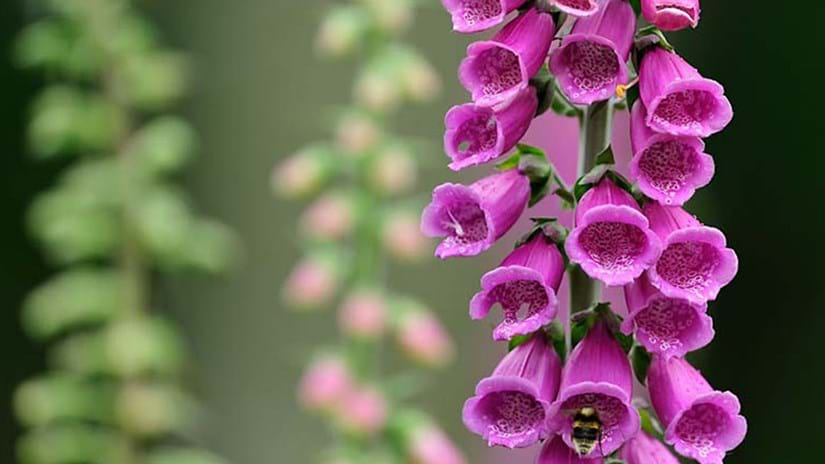
Credit: Gary Edwardes / naturepl.com
Where to find foxglove
Foxgloves are biennial or perennial and flower from June to September. The species can be found across the UK and grows particularly well in acidic soil. Look out for it on woodland edges, roadside verges, heathland and in gardens and hedgerows.







